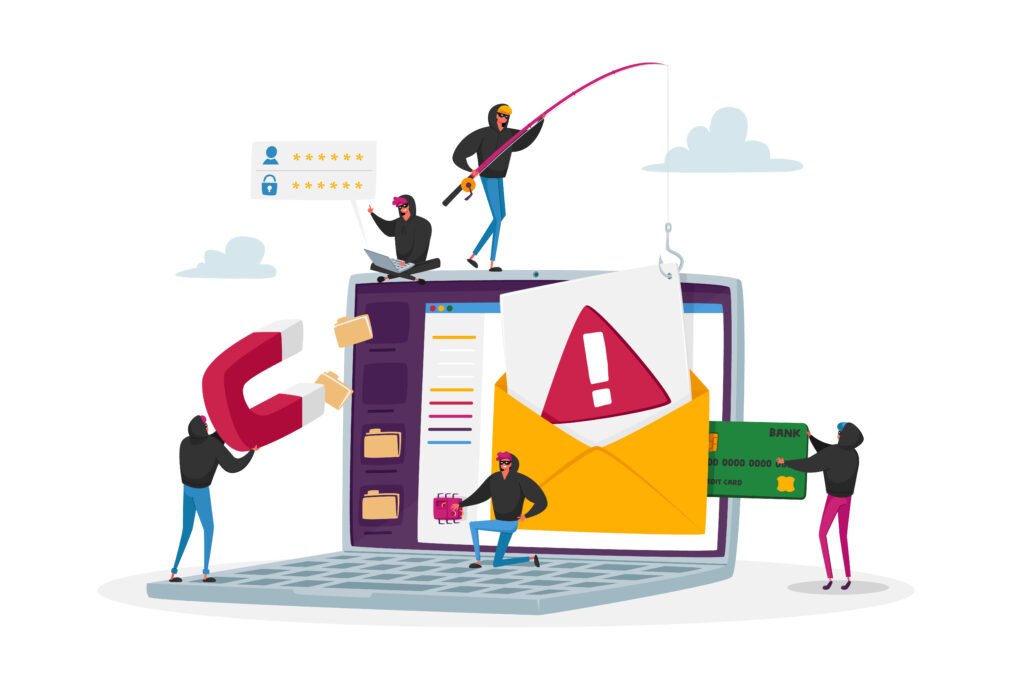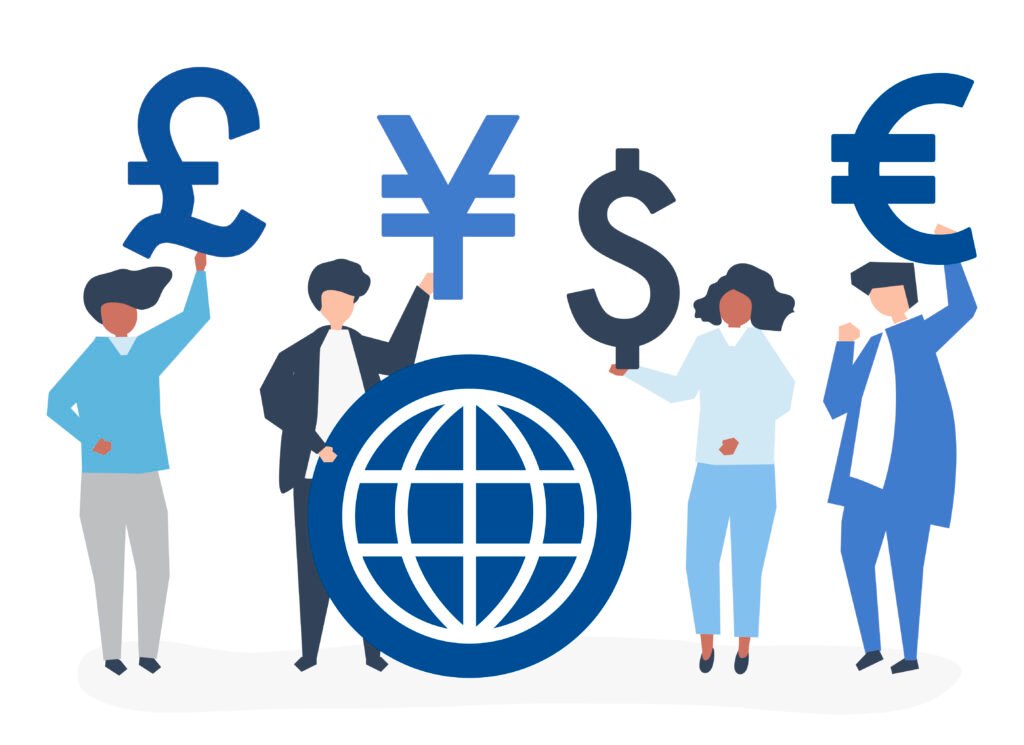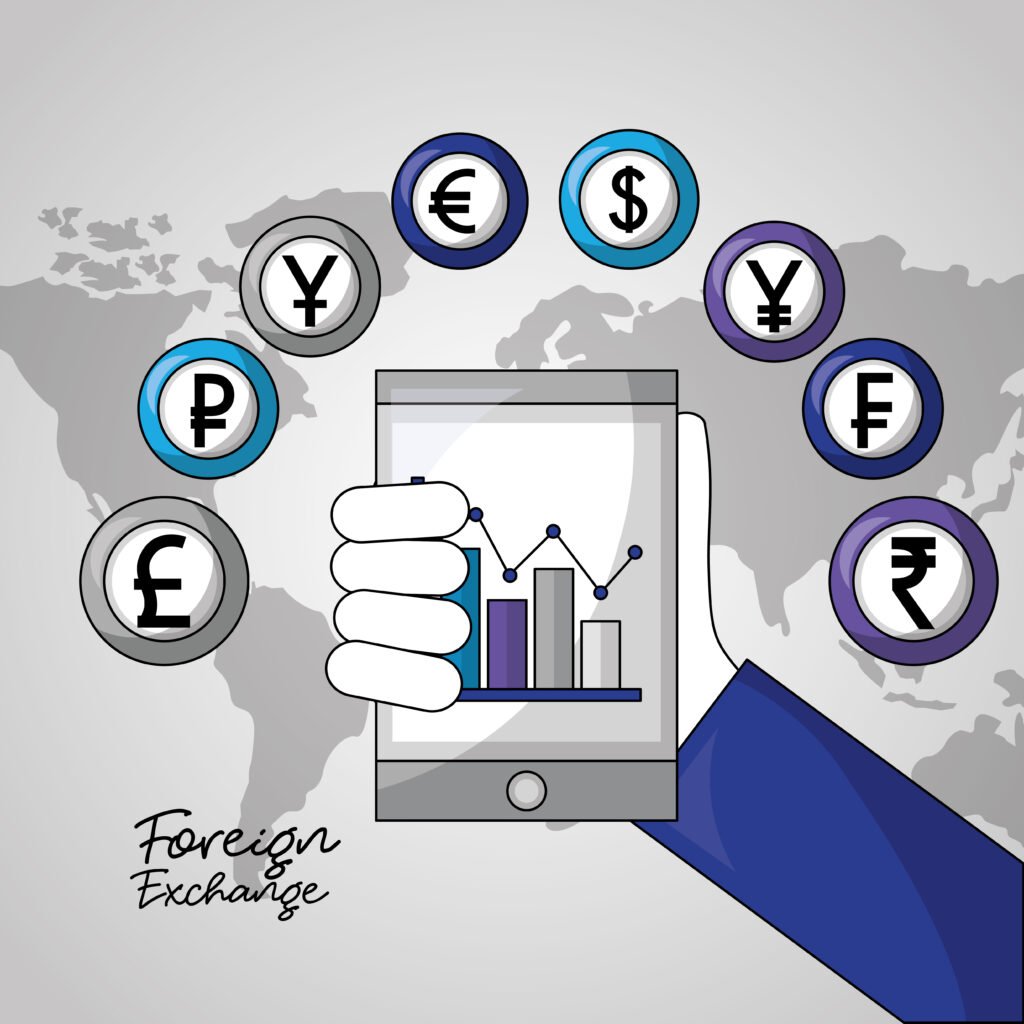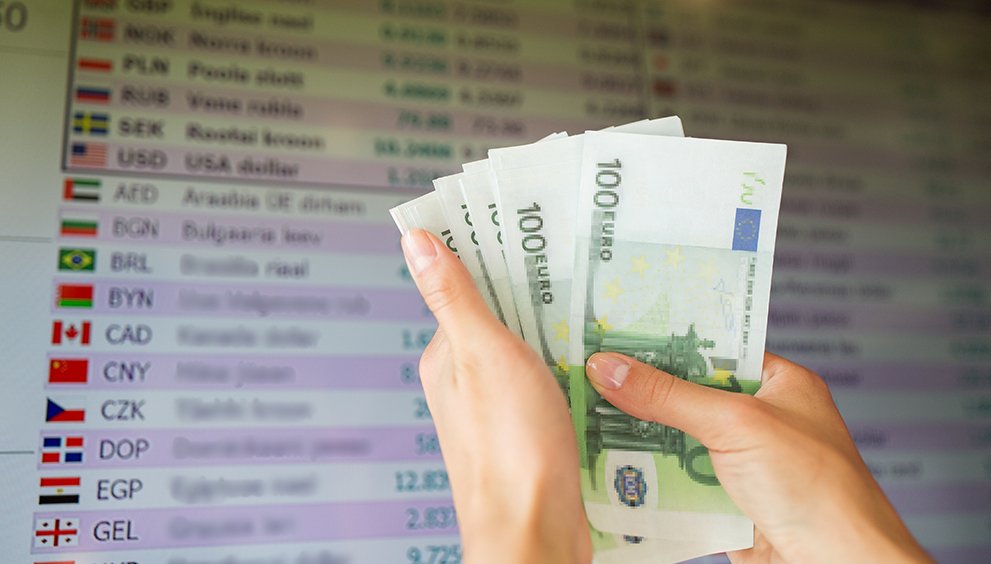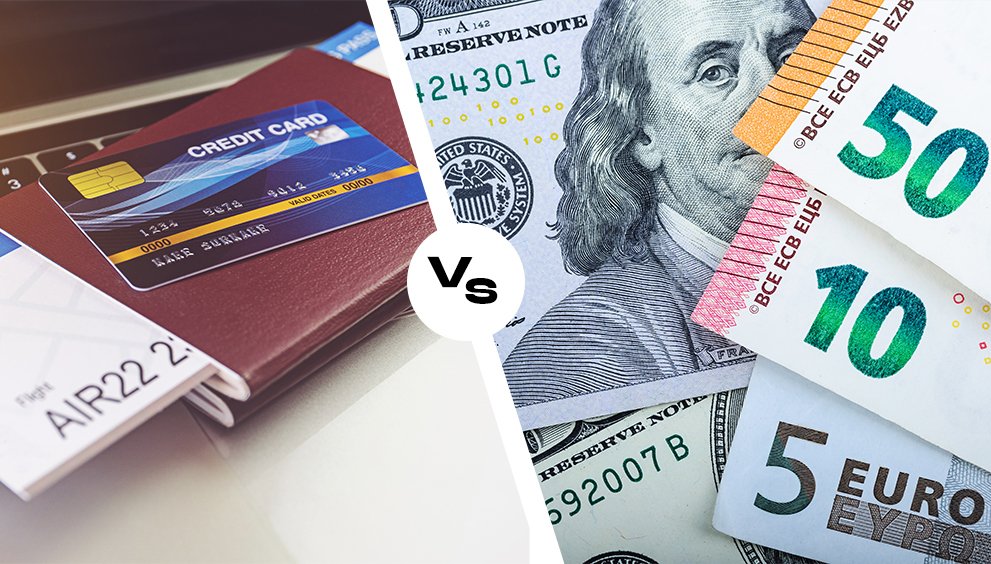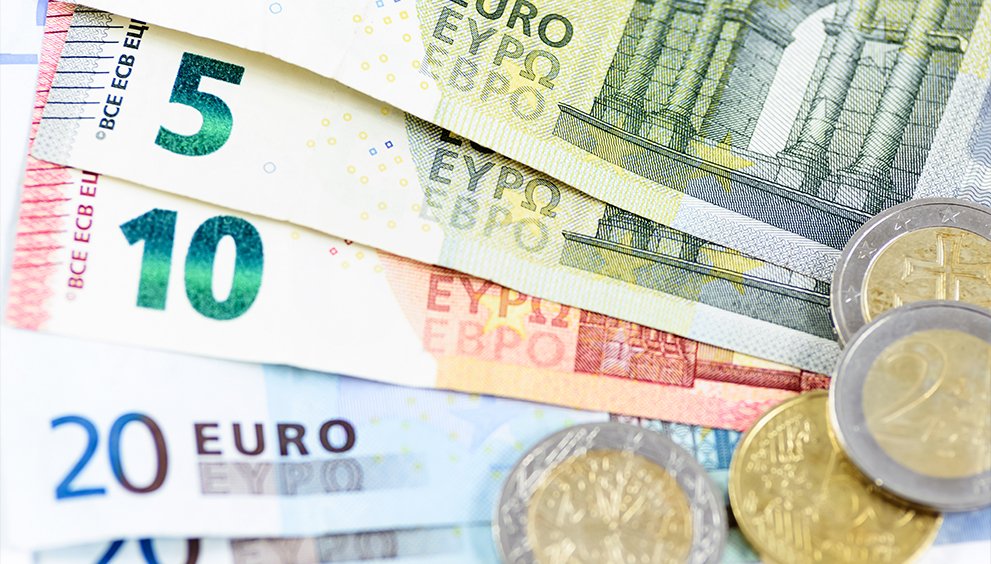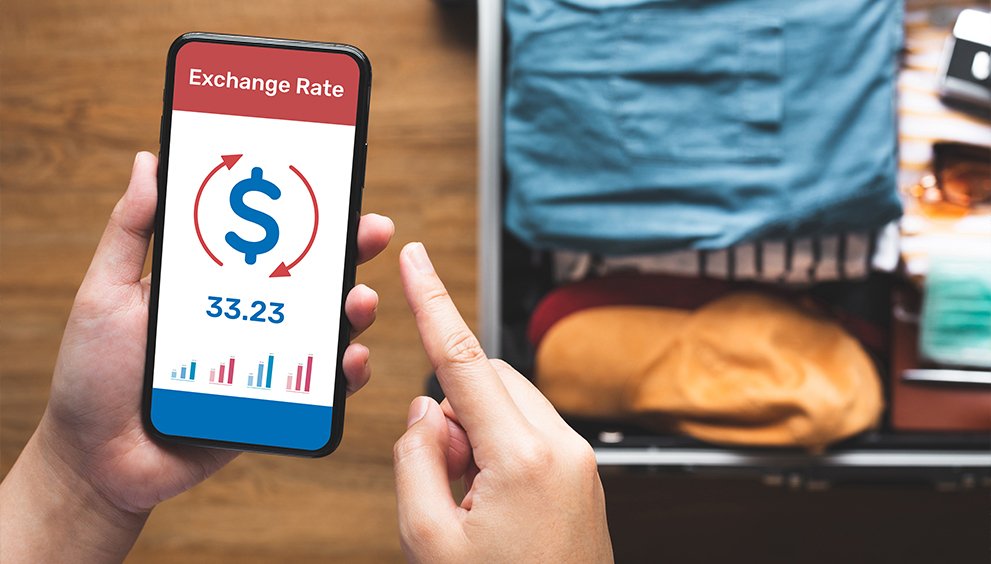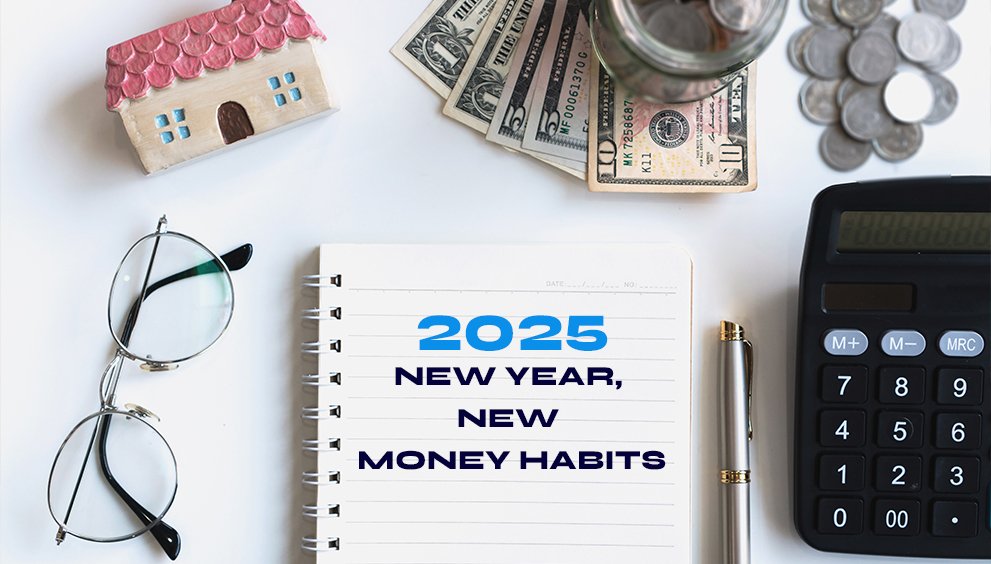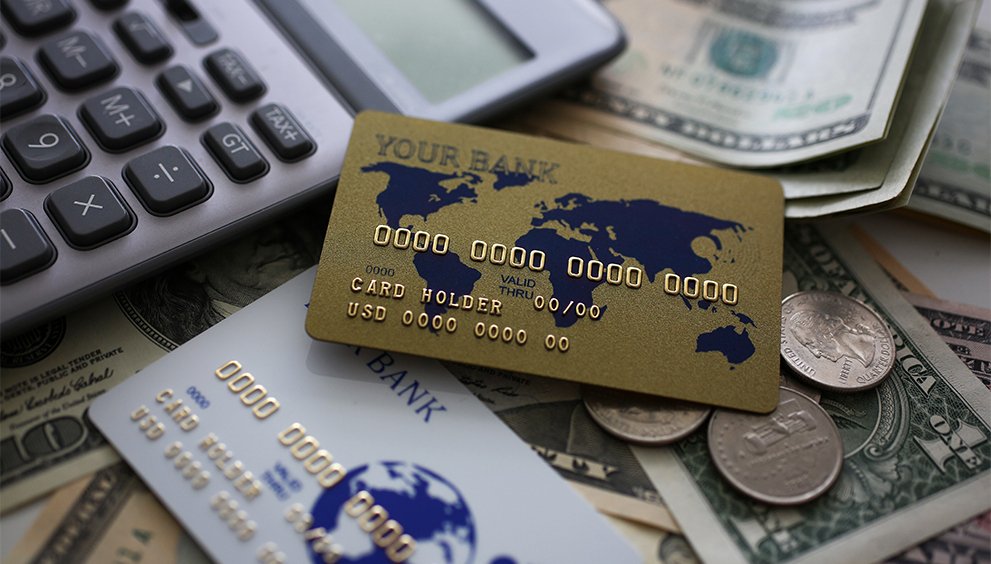International money transfers act as the backbone for a globalised world, whether you are sending money to loved ones, paying international suppliers, or funding global investments. While sending money has become child’s play, these transactions often attract fraudsters looking to exploit unsuspecting users.
But how do you protect yourselves from being prey to a victim? Well, by adhering to regulations, following a set of best practices and, most importantly, staying vigilant! To ensure your money reaches its intended destination securely, let’s explore key strategies to prevent fraud in international money transfers.
1. Understanding Fraud in International Money Transfers
Fraud in money transfers typically involves the theft or misusing funds during a transaction. Typical forms of fraud include:
- Phishing: Fake emails or websites tricking users into sharing login details.
- Fake Payment Requests: Fraudsters impersonating legitimate recipients.
- Identity Theft: Stealing personal information to gain unauthorised access to accounts.
These scams can lead to financial losses, reputational damage, and even legal complications.
2. Recognise Common Warning Signs of Fraud
Being aware of red flags can save you from potential scams:
- Unusual Fees: Scammers often request upfront payments or extra charges.
- Urgent Requests: Fraudsters pressure you into acting quickly to avoid scrutiny.
- Unfamiliar Accounts: Transactions involving unknown recipients are a common tactic.
If something feels off, take the time to verify before proceeding.
3. Use Reputable Money Transfer Services
Choosing a trusted provider significantly reduces your risk of fraud.
What to Look For:
- Established reputation with positive user reviews.
- Advanced encryption and fraud prevention measures.
- Clear and transparent fee structures.
Platforms like Wise, PayPal, and Currency Solutions are known for their security protocols, making them safer options for international transfers.
4. Verify the Recipient’s Details
Always double-check the accuracy of the recipient’s information.
Tips for Verification:
- Confirm account details and names directly with the recipient.
- Use secure communication channels to avoid interception.
- Be cautious when transferring funds to unfamiliar or unverified accounts.
Even a small typo can send funds to the wrong recipient.
5. Avoid Public Networks and Devices
Public Wi-Fi and shared devices are hotspots for fraud. Scammers can intercept sensitive information through unsecured connections.
How to Stay Safe:
- Use a secure, private network for all financial transactions.
- Avoid making transfers on public computers or shared devices.
- Regularly update your device’s security software.
6. Enable Two-Factor Authentication (2FA)
Two-factor authentication (2FA) adds an extra layer of security to your accounts.
Popular 2FA Methods:
- SMS-based authentication.
- App-based authentication (e.g., Google Authenticator).
- Biometric verification like fingerprint or facial recognition.
Set up 2FA for all accounts used in international money transfers to safeguard against unauthorised access.
7. Be Cautious of Phishing Scams
Phishing attacks are a leading cause of fraud in money transfers.
How to Spot Phishing Attempts:
- Check the sender’s email address for legitimacy.
- Avoid clicking on links in unsolicited messages.
- Verify communication with your provider by contacting them directly.
Remember, no reputable company will ask for sensitive information via email or text.
8. Monitor and Review Transactions Regularly
Keeping track of your transactions can help identify fraud early.
Best Practices:
- Review bank and money transfer statements frequently.
- Look for unauthorised or irregular activities.
- Immediately report suspicious transactions to your provider.
9. Educate Yourself on Regional and Global Scams
Fraud tactics vary by region, making awareness key to prevention.
Stay Updated:
- Follow news on regional scam trends targeting specific countries.
- Use resources like fraud alerts from financial institutions.
- Educate yourself on global fraud tactics to recognise them early.
10. Report Suspicious Activity Immediately
If you suspect fraud, act quickly:
Steps to Take:
- Contact your money transfer provider’s fraud department.
- File a report with local law enforcement or financial authorities.
- Notify your bank or credit card company to secure your accounts.
Prompt reporting helps recover funds and prevents future scams.
Conclusion
Fraud in international money transfers is a growing concern, but by staying vigilant and following these best practices, you can significantly reduce your risk. Whether it’s recognising warning signs, using reputable services, or enabling additional security measures, protecting your funds requires proactive steps.
With the right precautions, you can ensure your money reaches its destination safely and securely.
FAQs
-
How do I verify if a money transfer service is legitimate?
Check for customer reviews, regulatory approvals, and fraud prevention measures.
-
What should I do if I accidentally send money to a fraudulent account?
Contact your provider immediately to initiate a recall or dispute.
-
Are online money transfer platforms safer than traditional banks?
Many online platforms use advanced encryption and security but always choose reputable providers.
-
How do I protect my details from phishing scams?
Avoid clicking on links in unsolicited messages and verify communication directly with your provider.
-
Can I recover money lost to fraud in international transfers?
Recovery depends on the provider and timing. Reporting fraud promptly improves your chances.


 English
English 























